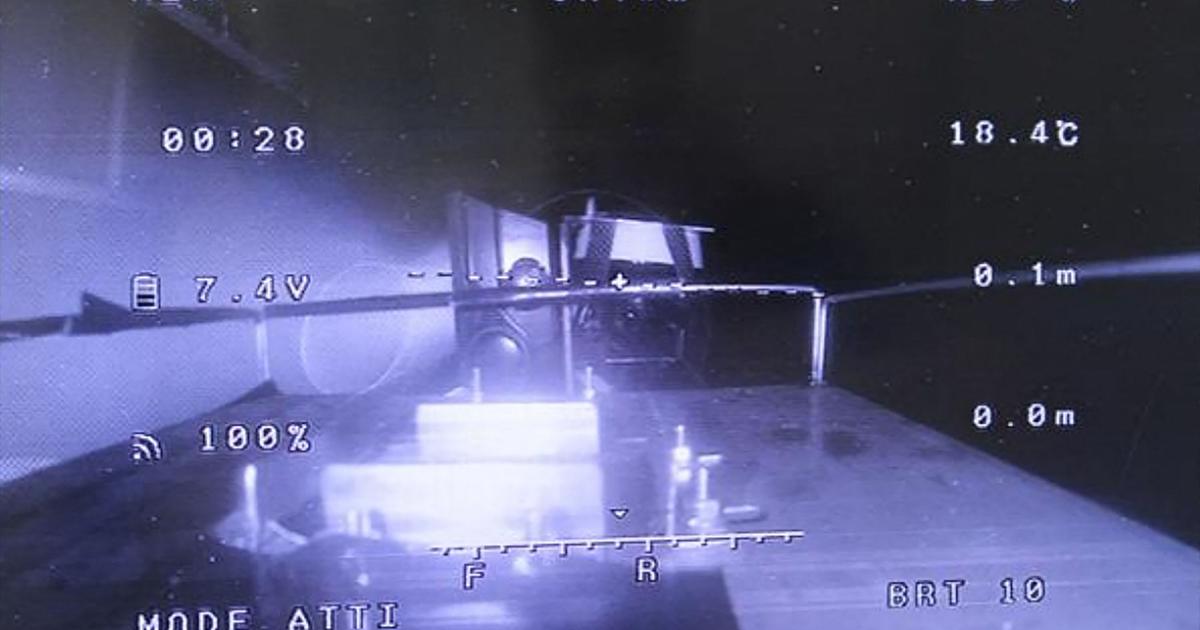The operator of the damaged Fukushima nuclear power plant has sent mini-drones into one of three reactors badly damaged by the 2011 tsunami, which still contain tons of highly radioactive melted fuel and debris.
“We sent two drones”
each time on Wednesday and Thursday, in addition to a mini-robot in the shape of a snake on Thursday, a spokesperson for Tepco, the operator of the Fukushima Daiichi power plant, told AFP , in northeastern Japan.
As the interior of Reactor No. 1 is narrow, cluttered and dark, these highly maneuverable mini-drones are invaluable for collecting precise images.
The snake robot served as a telecommunications relay.
Due to the extreme radioactivity and high complexity of the premises, Tepco has still not been able to begin extracting the approximately 800 tonnes of nuclear fuel and debris melted in reactors 1, 2 and 3 of the plant.
Tepco has already postponed the start of this process which requires tailor-made robots several times.
A first extraction test is planned for October.
The mammoth work of decontamination and dismantling of the plant is expected to last several more decades.
Tepco also started the fourth unit of release of water from the plant into the Pacific Ocean on Wednesday, a very gradual process that began last summer after the green light from the International Atomic Energy Agency (IAEA).
This water is treated beforehand to eliminate most of its radionuclides, with the exception of tritium, which is only harmful in very high concentrated doses according to experts.
This is why this water must be evacuated over several decades, in a very diluted form with sea water. China in particular has strongly denounced this operation and suspended all its imports of Japanese seafood products since last August. dealing a serious blow to the Japanese fishing industry.

